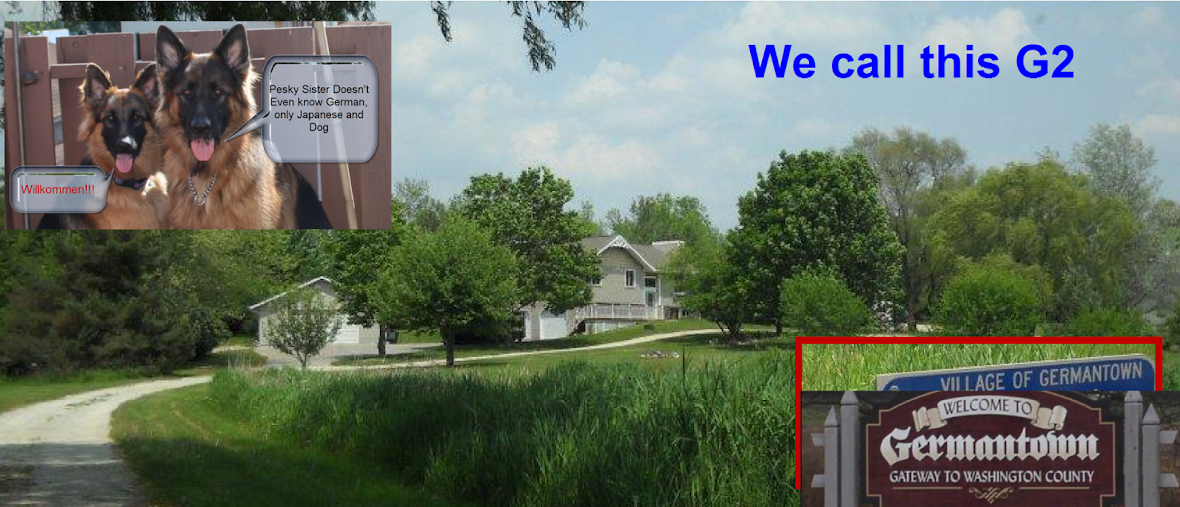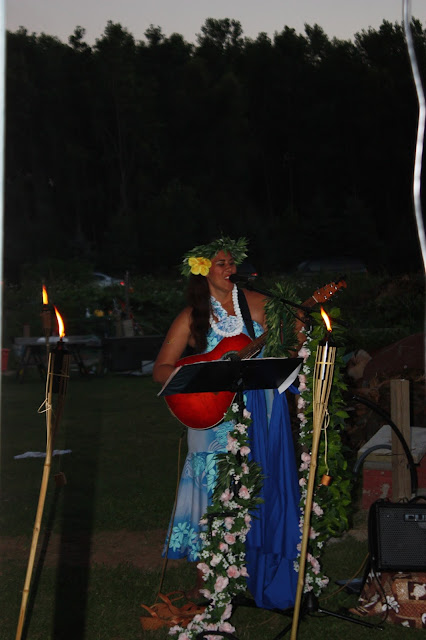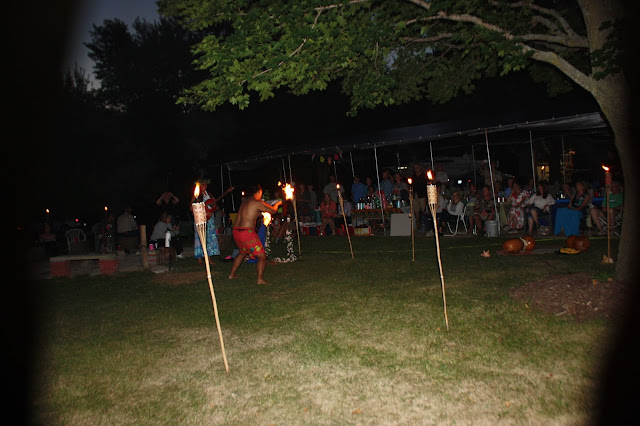
Wow, watched a few videos on Ginseng, these are really different types of plants. They germinate at just above freezing. They do grow "wild" in forests. They can be grown from seed.
I'll add more information when I can.
Do not plant by Oaks, they emit a chemical that hurts ginseng growth. Planting by Sugar Maples that emit calcium is ideal.
One Appalachia source says Ginseng likes soil that is 5 to 6 pH, which is quite acidic, maybe adding sulfur is needed for the best crop.
There is an 18 month stratification / germination process for seeds
You can also buy rootlets to plant, usually 2 or 3 years old, the older the more cost, fairly costly as far as plants go.
This Wausau based place sells just seeds.
https://hsugrowingsupply.com/ginseng-books-seed-rootlets/seed-ginseng
I like the idea of planting roots and saving several years.
It all seems pretty expensive, around $2 to $3 per root for 3 year old, I have done about 40 minutes of due diligence.
This place is $2 per root -- They are from Pennsylvania
http://www.wildgrown.com/index.php/Ginseng-Seed-Rootlets.html
These folks are in Wisconsin and say they do rootlets, but dont have any for sale, I sent them an email to verify.
http://www.ginsengseed.com/index.html
This video series is not intended to be a perfect how-to guide on germinating and growing American ginseng, or Panax quinquefolius. My experimental setups will change over time due to changing needs and conditions. I will get more into the lore and botany of American ginseng later on. There is a lot of mystique surrounding this small perennial ivy family member. This first episode was published on day 78! The instructions state that one should plant in fall...and expect seedlings in April! Growing American ginseng appears to be a very tough assignment based on the glacial pace at which these seeds germinate after stratification (which was done by the supplier). It's already been a very long time and I have my doubts as to whether I'll succeed or not...stay tuned to my channel to find out.
------------------------------------------------------------------ How to Plant Ginseng Rootlet | Print | E-mail http://www.wildgrown.com/index.php/Ginseng-Articles/Planting-Ginseng/How-to-Plant-Ginseng-Rootlet.html Plant the rootlets immediately after receiving from commercial vendor for better survival rate. If you have to delay your planting, please keep them in a cool place, preferably in a refrigerator. Unseal the bag occasionally, every 2-3 days, to allow fresh air inside. Usually rootlet plantings should be finished a few weeks before soil freezing temperatures are anticipated. The rootlets should not be allowed to wilt, and do not damage the white bud as it contains the stalk and leaves (in miniature form) of the next year’s plant. If the bud is damaged, or removed, the rootlet continues in dormancy, forms a new bud and a stalk emerge one year later. Planting Instructions: 1. Plant in rich, loamy soil with good drainage. The best area is on a hillside in the woods where the plants are shaded from direct sunlight. Ginseng likes growing in the cool woods with 70% to 80% shading. 2. If planting in a garden, provide a slatted shade cover with an opening facing eastward to protect the ginseng from all but a little morning sun. The slats should run perpendicular to the path of the sun. 3. Plant the rootlets in the ground at least six inches apart in a “V” shaped hole (or trench). 4. Lay each rootlet down with the growth bud pointing upwards, positioning it so it will be about ½” to 1” below the soil surface. 5. Backfill with dirt and lightly pack with the flat of a rake. This will firm the soil around the roots, and will keep them from excessive drying, especially if weather is dry after planting time. 6. Cover over the area with about 2 inches of leaf litter. Leaf litter is important as an organic fertilizer and for mulching. Light mulching in addition to natural leaf fall helps retain moisture, prevent leaching, maintain humus level and minimize frost heaving and damage during the winter months. 7. Mark the area with stakes so you’ll know where to look for the plants next spring. After the garden has been planted and mulched, the beds will require little care until plants start to emerge. Fall planted gardens should be checked several times during the winter, making certain that portions of the mulch have not blown away. Brush or similar objects placed on the bed will help hold mulch in place. During the winter months, ginseng roots in the bed will be frozen solid and this does not usually harm them. Excessive repeated freezing and thawing may damage or even kill the roots. The mulch cover holds the soil at a more constant temperature, not allowing it to warm as much in the daytime or to freeze so quickly at night. Also, the mulch will keep beds from warming too rapidly early in the spring and premature emergence of plants which may be nipped by a late frost. In the spring when ginseng starts to emerge you should check the beds in case the mulch is too heavy and is preventing some stalks from emerging. The stalk will be doubled over as it pushes up through the soil and will straighten erect after it is completely emerged.
--------------------------------------------------------------------------------------
Sheesh, they got laws and programs for everything
Wisconsin Ginseng Law and Regulations
• All harvesters are required to purchase a harvester license ($15.75 for residents and $30.75 for non-residents), unless the individual harvests on their own land and is not selling. The license must be in the digger’s possession when harvesting or selling wild ginseng.
• Anyone who buys more than 8 ounces of wild ginseng in Wisconsin for resale must obtain a Wisconsin Dealer’s License form the WI Department of Natural Resources.
• The harvest season for wild ginseng in Wisconsin is from September 1 to November 1. Ginseng harvested during this season may be sold by harvesters from September 1 to March 31 of the next year.
• Under Wisconsin law, all harvested ginseng plants must have at least 3 prongs and a fruiting stalk, and the berries must be red in color. Diggers are required to keep the prongs and stalk from each harvested plant to provide proof that they were present.
• Ginseng diggers in Wisconsin are required to replant the seeds of harvested wild ginseng in the area of the parent plants.
• Ginseng may not be harvested on state or federal owned lands in Wisconsin.
• The Wisconsin Department of Natural Resources, serves as the state’s wild ginseng coordinator, and can be reached at
(608) 438-5496 or (608) 279-1960 or at:
Wild Ginseng Program, LE/8
P.O. Box 7921
Madison, WI 53707-7921











































